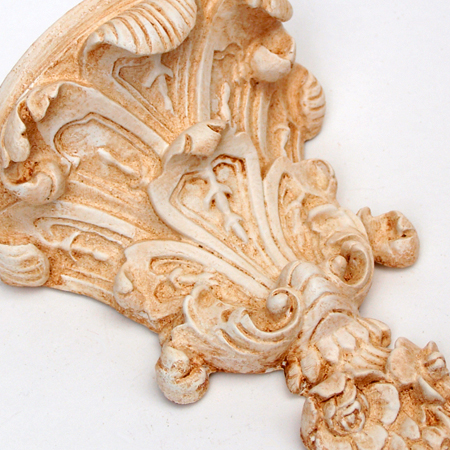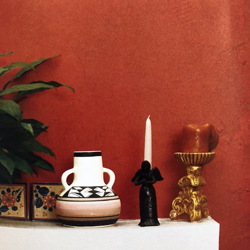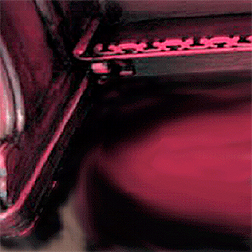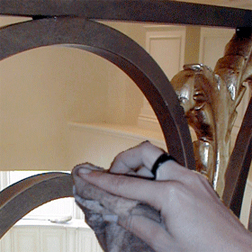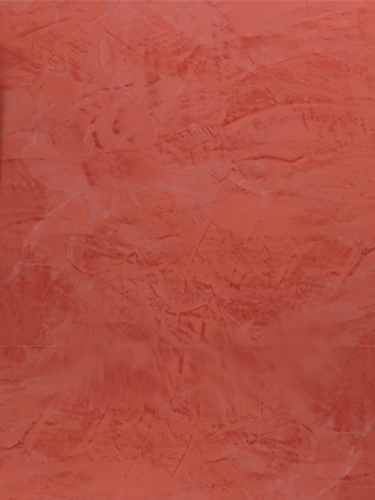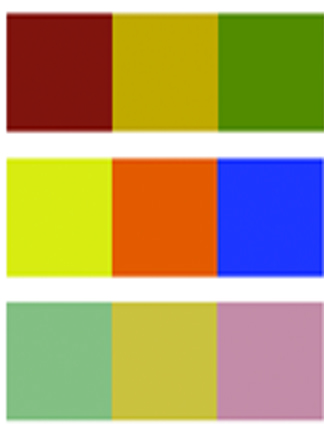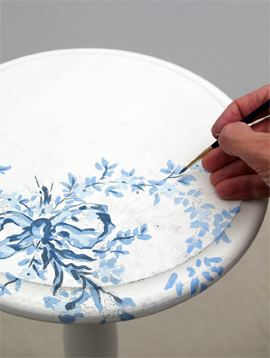What is an Antique Glaze?
Classic Antique Glaze paint recipe - How to create the perfect antique glaze paint finish.
Antiquing is the process of aging a surface to produce a time-worn appearance. There are many methods of antiquing objects, furniture, mural paintings and wall surfaces. These include paint effects, waxes, weathering, physical distressing and accent- antiquing that mimic the natural aging process by replicating such things as fly specks and worm holes.
Antique paint effects with glazes:
Generally, paint and glaze antiquing methods can be used universally on furniture, objects, murals, gilt surfaces, floors, painted ceilings and walls to create an aged look. The color combinations that create a ‘classic antique glaze’ remain the same whether using oil based (alkyd) or water based (acrylic) products.
Classic Antique Glaze
Just 3 easy colors to mix and you'll have a "Classic Antique Glaze' to use for just about any DIY project.
Do not apply the glaze technique to bare wood as the unfinished wood will act as a 'sponge' and soak the glaze paint into the wood surface, not allowing you to move, distress or remove the glaze. Instead, wipe the glaze over a painted or sealed base surface, like a piece of furniture.
Glazes work equally well on a flat surface and well as detailed, ornamental areas.

Pre-mixed glazes - for decorative and faux effects on walls, ceilings furniture and objects.
Create classic effects such as colorwashing, dragging, striee, antiquing effects, or furniture effects.
Our interior and exterior glazes offer a high-end decorative paint solution that provides soft, delicate, subtle shades with either pearl, satin, or glossy tones for maximum depth and decoration.
Flouart is an acrylic based glaze for interior finishes that creates soft shades or spectacular decorative effects. Available in a pearl base, satin base, or clear, Flouart is a washable decorative paint applicable to walls, wood, metal, and plaster. Its inherent versatility allows for thousands of different aesthetic solutions depending on the tools or techniques used to apply it.
Contrast Pearl is a hard-wearing pearlescent paste specifically formulated to create numerous faux effects with one simple application.Pearl dries to a lustrous, satin finish.
Velur Interior or exterior glaze, Velur is an ideal glazing medium for mineral based plaster and stucco effects. Applicable by brush or other faux tools, Velur glaze creates delicate tones and transitions in a wide variety of saturation and opacity.
Classic Antique Glaze Recipe

We come up with a standardized mixing formula for a 'Classic Antique Glaze' that most closley represents the natural aged toning of objects over time. This umber/brown tone works well over objects and furniture, aging over gilded surfaces and anything you want to look older or time worn.
Mixing these 3 colors will create the 'Classic Antique Glaze' tone suitable for most any object needing some basic aging. Of course, you can play with the blending proportions, but we've found this ratio blend to be quite versatile.
3/6 Raw Umber
2/6 Burnt Sienna
1/6 Van Dyke Brown
Thinning your color glaze to the correct transparency.
Thinner- mineral spirits (oil-based) or water (water-based). View chart below.
Varying the amount of thinner will adjust the darkness or lightness of the antique glaze.
This recipe can be used alone or adjusted for specific decorative finishing jobs with the addition of a glaze coat, or varnish. Some decorative treatments, including color washing, rag-rolling, marbling and wood graining, require the use of glaze coat.
Quick Chart: Proper use of colorants
| Glaze Method | Colorant | Uses | Solvent |
|---|---|---|---|
| Oil Glaze | Artist Oil Paint | Furniture, Objects, Fine Art painting, Crackle Effects | Mineral Spirits/ Turpenoid |
| Japan Pigment | Furniture, Objects, | Mineral Spirits/ Turpenoid | |
| Universal Tinter | Furniture, objects, Marbling, Decorative Glazing, Wood-graining, Murals, Faux finishes | Mineral Spirits/ Turpenoid | |
| Acrylic Glaze | Artist Acrylic. | Furniture, Objects, Fine Art Painting | Water |
| Universal Tinter | Furniture, objects, Marbling, Decorative Glazing, Wood-graining, Murals, Faux finishes | Water |
Note; For large areas, walls and specialty finishes, the addition of glaze coat and/or varnish will be necessary.
Additional Antiquing and Distressing techniques
Weathering Antiquing process that exposes the item or surface being treated to the natural elements. Driftwood is an example of the natural weathering process of wood exposed to salt water and air of the ocean. Methods like sanding, and pickling or bleaching can result in effective weathered appearances. Burying objects in the ground for periods of time is a common practice to weather objects.
Physical distressing Most commonly employed to antique furniture and objects, physical distressing is controlled abuse applied to an object or furniture piece. Methods of physical distressing include the use of chains, hammers, nails and sandpaper. In attempting to mimic the effect of natural wear and tear on an object, always keep in mind what would occur naturally to the piece over time. Slightly rounded corners, scuffed up legs and edges, worn handles, dings and dents all over. Worm holes are produced by the random nail hole, driven in then removed.
Fly Specks replication of the tiny specks left by fly droppings. Commonly seen on frames and furniture, fly specks can add an authentically antique appearance. Fly specks are creating using the spattering technique and are randomly applied over entire object.
Worm Holes Primarily used in furniture and frames. This process simulates the holes that have been created by woodworms over extended periods of time. Using a hammer and a small nail, holes are created by driving the nail randomly into the surface, then removing the nail. Remember not to go too deep and to keep the pattern irregular.
More features you may like
Early American Style
Colonial Amercians drew inspriation from their European heritage. Curent design styles would filter across the ocean and become reinventedin early America. Proportion and scale took reign over ornementation, A neutral color palette of grey blue, greens and rose pinks is readily apparent.
Venetian Plaster
Polished Plaster, or Stucco Veneziano, is a Traditional wall treatment that provides a glossy, visually textured wall finish. Venetian Plaster is a natural formula composed of organic ingredients, calcium, and acrylic binders creating a decorative paste plaster for interior applications. Polishing the surface compresses the calcium within the compound, creating a narble-like finish, cool and hard to the touch.
This treatment is quite versitile, ranging from a rustic backdrop to a refined and elegant finish.
The Rustic Color Palette
The Rustic Style color palette falls within a distinct range of color tones and is essential in creating a successful Rustic interior. By using the appropriate color tones you can create a variety of design styles ranging from Period and Historic, regional or thematic. Color helps define our experiences within an interior and exterior environment. It affects us on a physical, emotional, and spiritual level and can be calming and passive, expressive and vital.
Painted Floral Details
Floral patterns used as accents in fabrics and furniture are common place details in the English Country home. These graceful and organic patterns complement the cozy interior of this style and work particularly well with lace window treatments, an heirloom tea service set and the natural and rustic charm of wooden ceiling beams and slightly irregularly textured walls.



